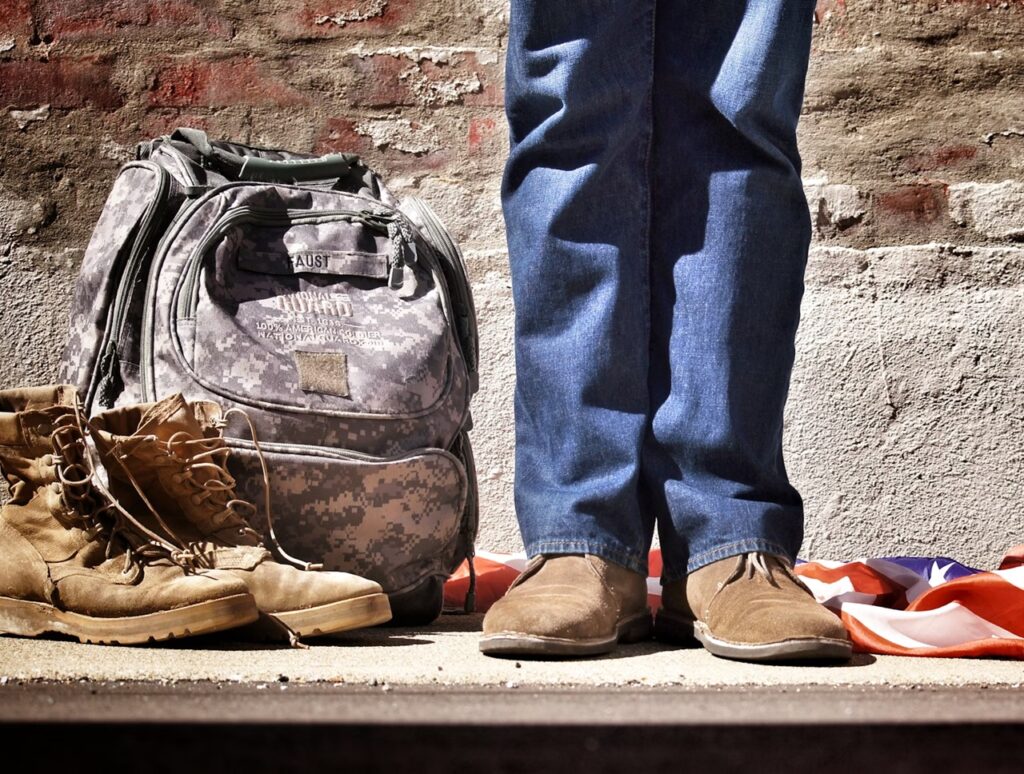For many years, the U.S. military’s careless management and disposal of toxic waste have led to long-lasting health consequences. Numerous service members and their dependents who resided, worked, and served on polluted military bases throughout the U.S. were exposed to dangerous chemicals known to trigger severe and fatal illnesses.
Industrial solvents discharged into the streams, carcinogenic toxins absorbed into the ground, and inhabitants drinking lead-laced water are a few examples of years of neglect by the people in power.
Respiratory problems, cancers, and immune disorders afflict former soldiers at abnormal rates. Yet, government bureaucracy continues to fight liability over military environmental exposures. Through this blog, we aim to explore the legacy of neglect and its human impacts.

The Case of Camp Lejeune
Millions of personnel were stationed at North Carolina’s Camp Lejeune for almost three decades, between 1953 and 1987. This was a time when strict consumer safety laws were not prevalent, and few were sensitive enough to understand the perils of chemical exposure.
The people living in and around Camp Lejeune consumed water containing lethal doses of industrial solvents at 240 to 3,400 times the safety standards.
Yet the Marine Corps lacked urgency to intervene upon discovery, leaving families to drink from contaminated sources. Later, when their plight came to the forefront, veterans faced denials and roadblocks in pursuing help.
The primary water systems feeding barracks and homes tested positive for benzene, toluene, and other volatile Organic Compounds (VOCs). These industrial chemicals brought with them the perils of various cancers and birth defects.
Military investigations found that on-base spillage of chemicals like trichloroethylene (TCE) had seeped underground for years.
Those exposed report devastating consequences: veterans coping with rare conditions from liver cancer to Parkinson’s, infants born with heart defects, or missing limbs after mothers drank toxic water while pregnant on base.
Some former Marines, like Dave Metzler, are still trying to get Veteran Affairs’ attention to their plight. In the late 1950s, Dave Metzler stayed at Camp Lejeune for 34 months.
After leaving the Marines in 1959 as a sergeant, he began experiencing balance issues and eventually lost his hearing. He fell into despair as a result of his helplessness and the guilt of not being able to provide for his family.
A CBS investigation indicates that Veterans Affairs treated such submitted disability claims in a callous manner. According to the study, the VA evaluated the suffering veterans’ conditions using meaningless “subject-matter claims” and repeatedly denied relief.
AFFF and Firefighting Foams
Introduced in the 1970s, AFFF, or aqueous film-forming foam, made it possible to put out gas and oil fires effectively and quickly. It was hailed as an indispensable tool when it was first adopted by Navy and Marine firefighting units.
According to TorHoerman Law, reports of contamination and health ailments associated with their toxic PFAS (per and polyfluoroalkyl substances) compounds emerged in a few years. Today, experts link the chemicals to thyroid disease, liver damage, immune disorders, and many cancers.
Across army and marine installations, veterans reported illnesses accumulating after years of assisting drills spraying these foams by hangars, runways, and training areas.
The chemicals lingered at dozens of bases, leaching into groundwater while chains of command disregarded the risks.
Some bases, like California’s Camp Pendleton, remain heavily contaminated today, forced to truck in clean water while veterans who lived there develop cancer in their 40s.
The failure of the VA to acknowledge diseases among veteran firefighters can unfortunately result in scenarios like that of Michael Lecik. Lecik, a former military and civilian firefighter, was diagnosed with multiple myeloma in 2019.
He faced challenges due to the VA’s cumbersome bureaucratic procedures for establishing service connections. Despite his efforts, Lecik’s disability claim was denied, leading to financial strain and ultimately his passing in March 2021.
After casual reassurances failed, bittersweet legal victories have compelled the military to confront decades of neglecting health threats to its service members. If you, or anyone you know, developed serious health issues due to AFFF exposure, you can file an AFFF lawsuit.
Burn Pits: Iraq and Afghanistan Exposures
For post-9/11 conflicts lacking established military bases overseas, open-air burn pits offered convenient disposal for mountains of waste. But amid burning plastics, metals, and chemicals, soldiers inhaled toxic substances present in the billowing smoke.
Despite persistent complaints from veterans, few studies have addressed burn pits. In an exposure study of over 100 bases in Afghanistan and Iraq, only 85% of the 470,000 veterans had prolonged burn pit exposure.
Service members deployed near pits demonstrate elevated rates of chronic lung conditions like asthma or emphysema. Other studies found higher incidences of immune disorders and neurological degeneration correlating to burn pit exposure levels.
Convincing VA evaluators that ailments resulted from inhaling pit fumes every day for months proved challenging. It was only after public outcry and legislation were policies assisting veterans filing exposure claims changed.
Advocacy and Support for Affected Veterans
Veteran groups play a vital role in raising awareness and pushing for policy changes to aid those harmed by toxic military exposures. Groups like the Cease Fire Campaign and Veterans CARE help in publicizing known contamination cases and the loopholes in aid management.
They advocate for new health studies on exposure impacts along with expanded disability and healthcare benefits.
Frontline support services also prove critical in addressing exposed veterans’ daily health and mental health struggles. The Veterans Health Council and Hope For Our Veterans operate clinical programs, peer networks, and other resources.
These programs connect veterans to medical referrals, individualized care plans, and assistance in securing eligible VA benefits. Motivated by grief and frustration over preventable illnesses appearing post-service, many impacted veterans pursue the legal path.
Lawsuits and coordinated public pressure aim to compel mitigation actions addressing past contamination and safeguarding current and future soldiers from similar neglect.
With care and support from fellow veterans, these activists maintain hope for overdue change preventing yet another generation from enduring lifelong health consequences from exposures they were never warned about.
Contents





